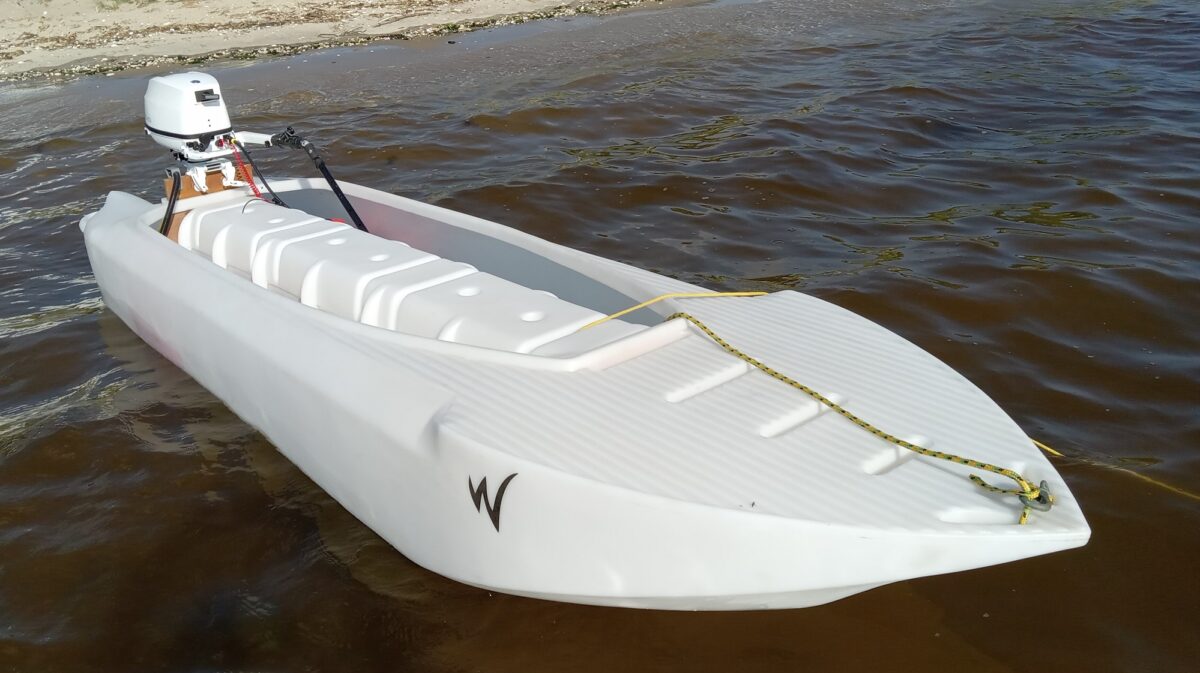-”Steering a kayak with a rudder?”
This question has no typo: If you told an Inuit that you need a rudder to steer your kayak, they’d be very surprised, since aboriginal kayaks did not feature such accessories.
Rudders were introduced to modern kayaks by designers and manufacturers who feared their clients wouldn’t be able to go where they needed, because their kayaks don’t track well, especially in strong wind.
This is not a just a matter of convenience, but of safety as well: A kayak that doesn’t track well isn’t safe, since it’s hard to paddle, and might prevent its user from getting back to shore.
Why are conventional modern kayaks, and especially fishing kayaks so hard paddle effectively without a rudder? The answer is simple: These SOT, sit-in, and ‘hybrid’ kayaks are ‘barges’, namely too wide and slow to go in a straight line, and they don’t react well to wind. They are designed to offer stability, within the limited capabilities of the mono-hull design, and the only way this is possible is by making the kayak too wide to track effectively, or be paddled efficiently.
The problem of tracking in strong wind and other adverse conditions is solved perfectly in the W kayak design, due to the combination of two factors:
- The two thin, parallel hulls make the W kayak track well to begin with, and –
- The paddler can relocate at will fore and aft, along the longitudinal seat named saddle. By doing so, they change the location of the vessel’s center of gravity, and can make it point at will either into the wind, or outward
More info on rudders in fishing kayaks >>
More info on fishing kayaks’ steering and tracking in strong wind >>
This animation video shows how this tracking and steering by relocating the center of gravity is done:
